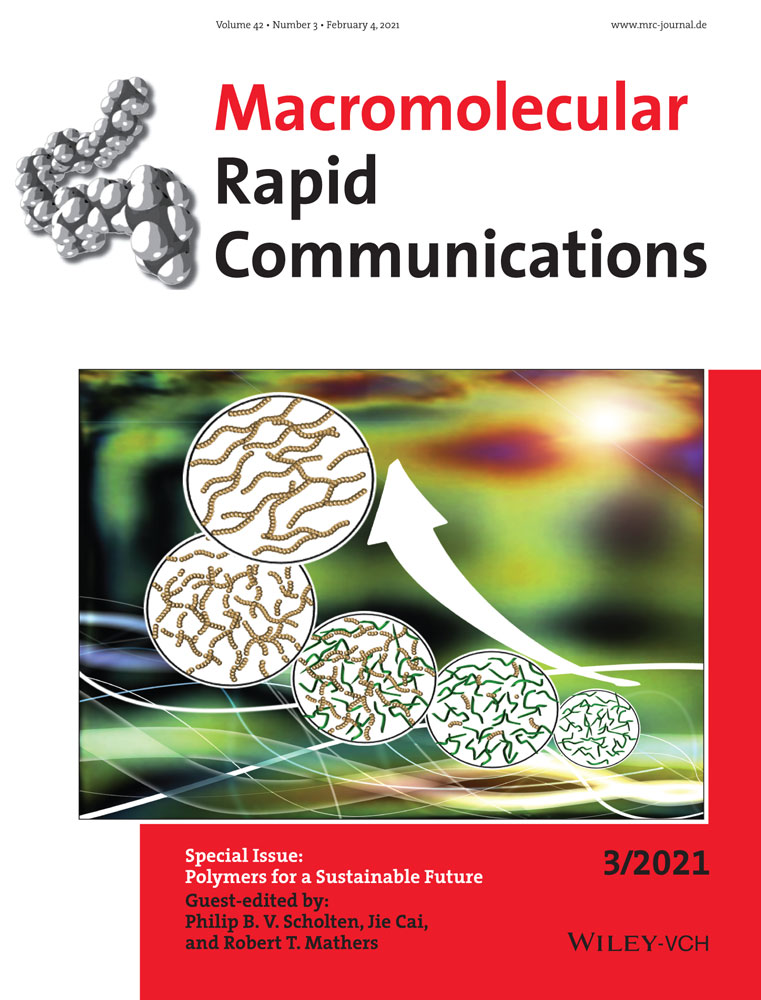Rate-Limited Reaction in TEMPO/Laccase/O2 Oxidation of Cellulose
Abstract
The environment-friendly oxidation of cellulose by the 2,2,6,6-tetramethyl-1-piperidinyloxy (TEMPO)/laccase/O2 system is an alternative route with huge potential to prepare cellulose nanofibers. It is found that the concentration of TEMPO significantly affects the oxidation efficiency. An effective method for improving the oxidation effect is to increase the TEMPO concentration and prolong the oxidation time. To clarify the rate-limited step of TEMPO/laccase/O2 oxidation of cellulose, the academically accepted oxidation process is divided into individual pathways. A series of experiments is conducted with laccase and the three forms of organocatalyst (TEMPO, oxoammonium (TEMPO+), and hydroxylamine (TEMPOH)) to simulate individual reactions and calculate the reaction rates. The concentrations of TEMPO and oxoammonium are monitored by EPR spectroscopy. The oxidation rate of TEMPO by laccase varies at different pH conditions, and laccase activity is much higher at pH 4.5. Other reactions without laccase involved express a higher reaction rate when the pH value increased. TEMPO is mainly regenerated through a comproportionation reaction between oxoammonium and hydroxylamine. The acceleration of TEMPO regeneration by laccase is not obvious. The results indicate that the rate-limited reaction in TEMPO/laccase/O2 oxidation is cellulose oxidation by TEMPO+.
Conflict of Interest
The authors declare no conflict of interest.




